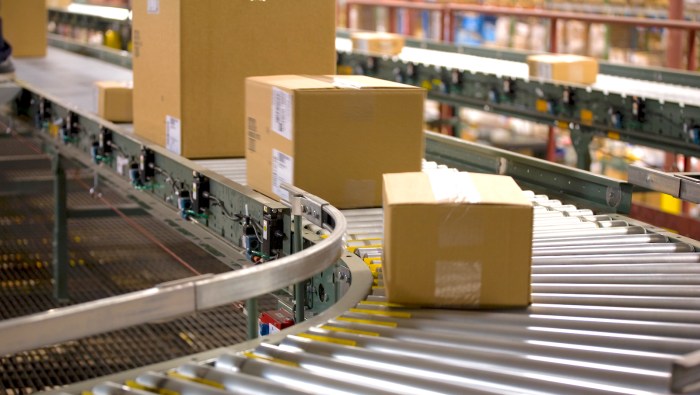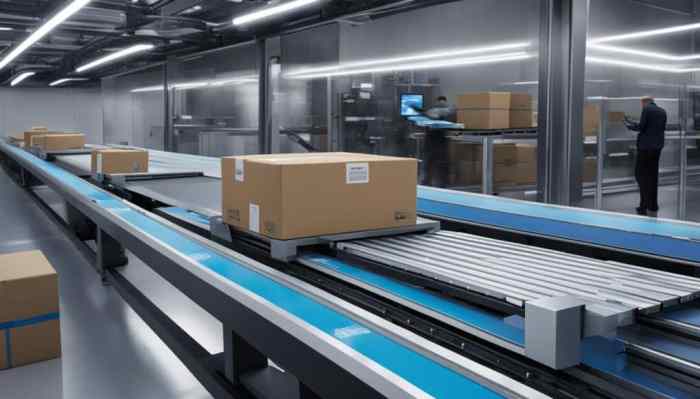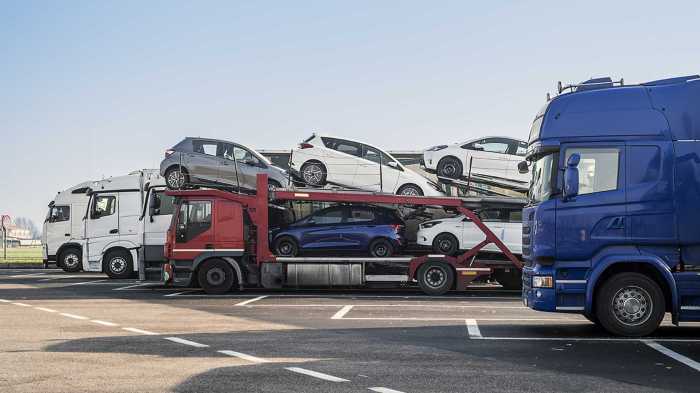Finding and Choosing a Reputable Auto Shipping Company
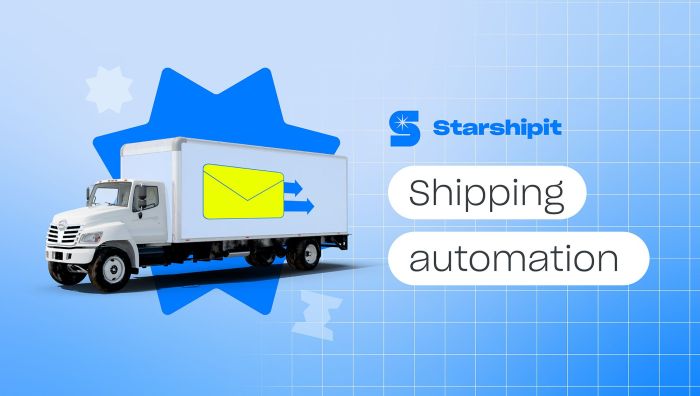
Transporting your vehicle across state lines or even across the country can be a complex process. Choosing the right auto shipping company is crucial to ensure your vehicle arrives safely and on time. This section will guide you through the process of finding and selecting a reliable and trustworthy auto shipping company.
Researching and Selecting a Reliable Auto Shipping Company
Thorough research is the cornerstone of a successful auto transport experience. Begin by identifying several potential companies through online searches, referrals, and industry directories. Check their websites for information on services, pricing, and customer testimonials. Don’t hesitate to contact several companies directly to discuss your specific needs and ask detailed questions about their processes. Comparing multiple quotes is essential to securing the best value for your money.
Criteria for Evaluating Auto Shipping Companies
Several key factors should guide your evaluation of potential auto shipping companies. These criteria are essential for assessing their credibility and trustworthiness.
A reputable company will possess the following:
- Valid Licensing and Permits: Verify that the company holds the necessary licenses and permits to operate in your state and the destination state. This information is often available through state transportation authorities.
- Comprehensive Insurance Coverage: Ensure the company carries adequate insurance coverage, including cargo insurance, to protect your vehicle against damage or loss during transit. Ask for specifics on the policy and coverage limits.
- Positive Customer Reviews and Testimonials: Examine online reviews on platforms like the Better Business Bureau (BBB), Google Reviews, Yelp, and others. Look for consistent patterns of positive feedback regarding communication, timely delivery, and handling of potential issues.
- Transparent Pricing and Contractual Agreements: Avoid companies with hidden fees or unclear pricing structures. A reputable company will provide a detailed quote upfront, outlining all costs involved, and will provide a clear and comprehensive contract before the transport begins.
- Detailed Tracking and Communication: A reliable company should provide regular updates on your vehicle’s location and status throughout the shipping process. They should be easily accessible via phone, email, or online portal.
Comparing Multiple Company Quotes
Once you’ve compiled quotes from several companies, comparing them is crucial to identify the best value. Don’t solely focus on the lowest price; consider the overall package, including insurance, customer reviews, and the company’s reputation.
| Company Name | Quote | Insurance Details | Customer Reviews Summary |
|---|---|---|---|
| Company A | $1,200 | $50,000 cargo insurance | Mostly positive; some delays reported |
| Company B | $1,000 | $25,000 cargo insurance | Mixed reviews; several complaints about communication |
| Company C | $1,300 | $75,000 cargo insurance | Excellent reviews; consistently high ratings |
The Auto Shipping Process
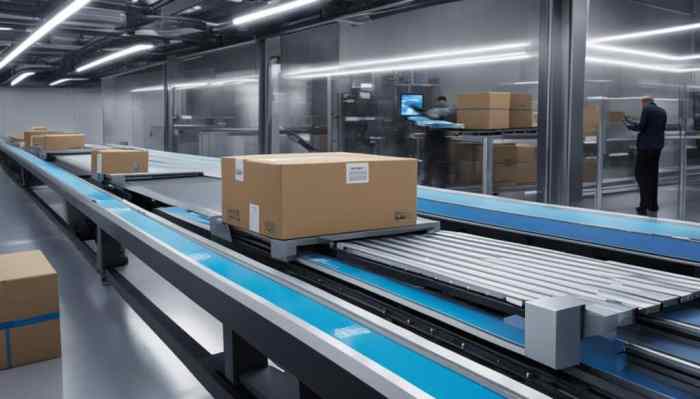
Shipping your vehicle across the country or even internationally can seem daunting, but understanding the typical process can alleviate much of the anxiety. This section details the steps involved, from the initial contact with the auto shipping company to the final delivery of your car. While specifics may vary slightly between companies, the overall flow remains consistent.The auto shipping process generally involves several key stages, each with its own set of actions and expectations.
Careful planning and clear communication with your chosen transporter are crucial for a smooth experience.
Vehicle Pickup
Before your vehicle is picked up, you should ensure it’s clean, both inside and out, and that any personal belongings have been removed. Note any existing damage to your vehicle, taking photos as documentation. This will protect you from any disputes later on. The driver will conduct a pre-pickup inspection, noting the vehicle’s condition on a form that you both sign.
This document is critical evidence of the vehicle’s condition before transport. The driver will then load your vehicle onto the carrier.
Transportation
Once your vehicle is loaded, it begins its journey to its destination. The exact duration depends on the distance and the carrier’s route. While you might not have direct contact with the driver during transit, most reputable companies offer tracking updates, allowing you to monitor your vehicle’s progress. You should receive regular updates regarding the estimated time of arrival.
Vehicle Delivery
Upon arrival at the destination, the driver will contact you to schedule a delivery time that is convenient. Similar to the pickup process, a thorough inspection of the vehicle will be conducted, noting any new damage. Both you and the driver sign the delivery paperwork acknowledging the vehicle’s condition. Any discrepancies should be noted immediately. After the inspection and paperwork are completed, the driver will release the vehicle to you.
Flowchart of the Auto Shipping Process
The process can be visualized as follows:[Start] –> [Booking & Scheduling: Customer contacts the auto shipping company, provides vehicle details, origin, and destination, and schedules pickup.] –> [Pre-Pickup Inspection: Driver inspects vehicle, notes pre-existing damage, and documents it with the customer.] –> [Vehicle Loading: Vehicle is securely loaded onto the carrier.] –> [Transportation: Vehicle is transported to the destination.] –> [Delivery Scheduling: Driver contacts customer to arrange a delivery time.] –> [Delivery Inspection: Driver and customer inspect vehicle for damage, sign delivery paperwork.] –> [Vehicle Release: Customer receives their vehicle.] –> [End]
